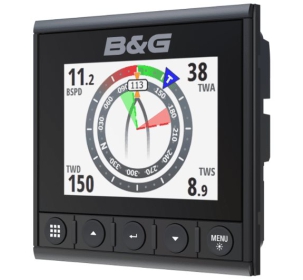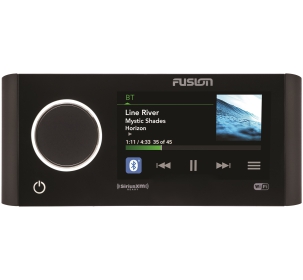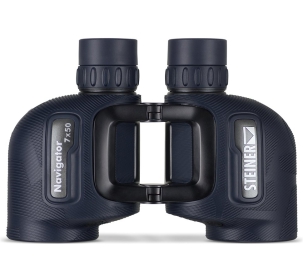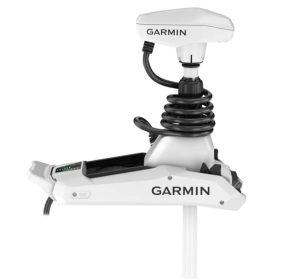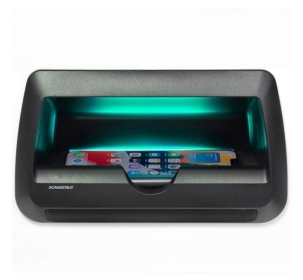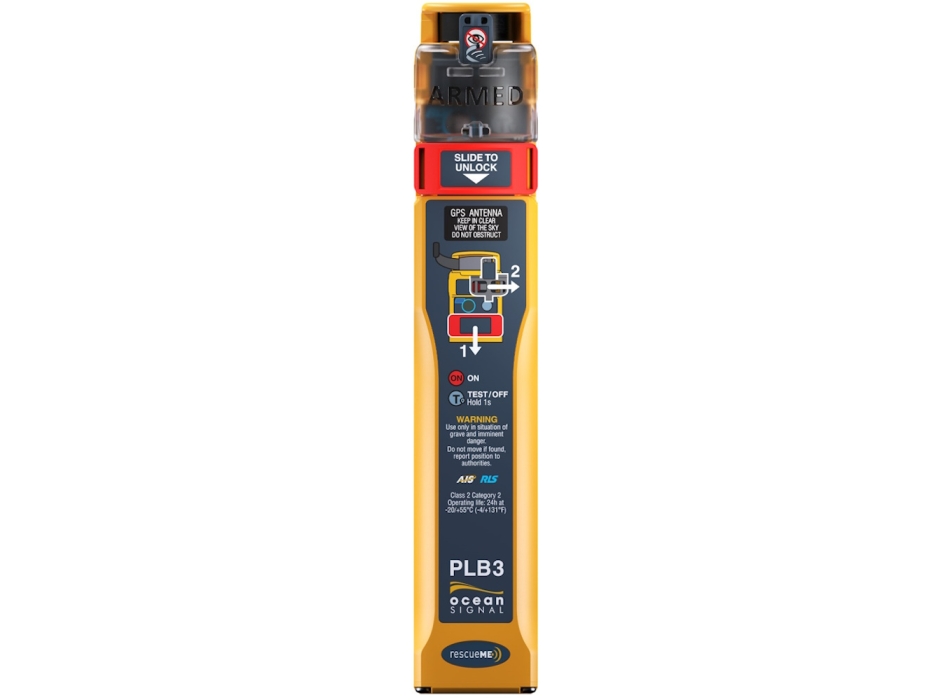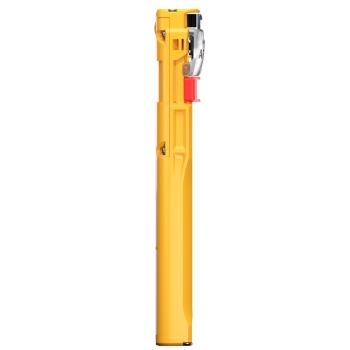Rescueme PLB3 Personal Locator with AIS
With the introduction of Automatic Identification System (AIS), Reverse Link Service (RLS) technology and Near Field Communication (NFC) capabilities in a 406 MHz Personal Locator Beacon (PLB), the rescueME PLB3 marks a milestone in the evolution of PLBs. The fusion of 406 MHz distress messaging and AIS effectively combines global and local distress, maximizing access to the most effective rescue resources available. Additionally, NFC functionality provides users with the first smartphone-connected PLB, and the all-new Return Link Service feature lets users know their distress message has been received and their location has been tracked by search and rescue personnel around the world.
Association of Global and Local Rescue Systems
Utilising the Cospas Sarsat global satellite system, which includes 3 different constellations, your 406MHz distress signal instantly reaches the global search and rescue network, with your location accurate to within 100 metres. With multiple layers of built-in signalling technology, including 406MHz positioning and GNSS (GPS, Galileo, Glonass), the PLB3 also broadcasts a 121.5MHz location signal which guides search and rescue services to the current position of the beacon when they arrive on the scene, which may have moved from the position initially transmitted. The addition of AIS (Automatic Identification System) broadcasts means that the PLB3 simultaneously alerts all AIS equipped vessels within VHF radio range of the PLB’s distress position. This greatly increases the chance and speed of rescue as nearby vessels receive the alerts. Immediately after the beacon is activated, an AIS safety message or MOB alert with the MMSI and position of the beacon is displayed on any AIS display within range. This allows nearby vessels to focus on the beacon as it is an active AIS target on their screens.
The PLB3 will assist responders arriving on scene with a visible white strobe and an infrared strobe, providing responders with the visual reference they will need during rescue operations at night or in low visibility conditions.
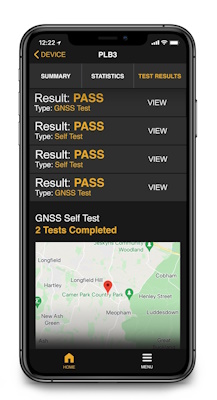
Smartphone connectivity via Near Field Communication (NFC)
Thanks to the integration of NFC technology, users will be able to access
easily to beacon data from your cell phone. The simple
Placing a phone near the beacon automatically opens the app
of the Ocean Signal product and provides access to a wide range of data
on usage, including current battery life, number of self-tests
performed, the number of GNSS tests performed and, if applicable, the duration of the
activation of the lighthouse. If desired, information is also available
detailed information on each self-test and GNSS test performed by the beacon.
For each successful GNSS test, users will be able to see a map that
shows exactly where the test was performed, the date and time of the test,
the time taken by the beacon to obtain a position on the coordinates
GNSS, the number of satellites used by the lighthouse to obtain this position
and position accuracy.
Reverse Link Service (RLS)
The Return Link Service or EPIRB works when the search and rescue services send a signal through the Galileo satellite network to confirm to the beacon user that their distress message has been received and their position has been fixed. The user’s confirmation is clearly indicated by a flashing blue light on the PLB3. In addition to the comprehensive features it offers, the PLB3 is designed to offer great comfort. Rest easy knowing that your distress message has been successfully transmitted and help is on the way.
Integration of life jackets 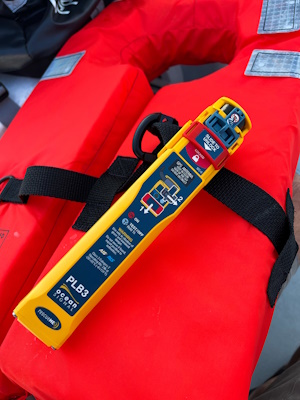
The PLB3 is designed to be installed inside a
life jacket and is activated when the jacket is
inflated (semi-automatic). Installation is simple and comes
performed using the included oral inflation tube clip
to attach the PLB3 to the life jacket with adhesive tape
connected around the life jacket's air chamber.
If installed correctly, the life jacket will inflate
triggers the antenna deployment and the beacon activation.
Users who do not wish to install the PLB3 in a vest
rescuers can use the included strap clip to secure
the lighthouse to a suitably sized belt or jacket strap
of unsinkable rescue






